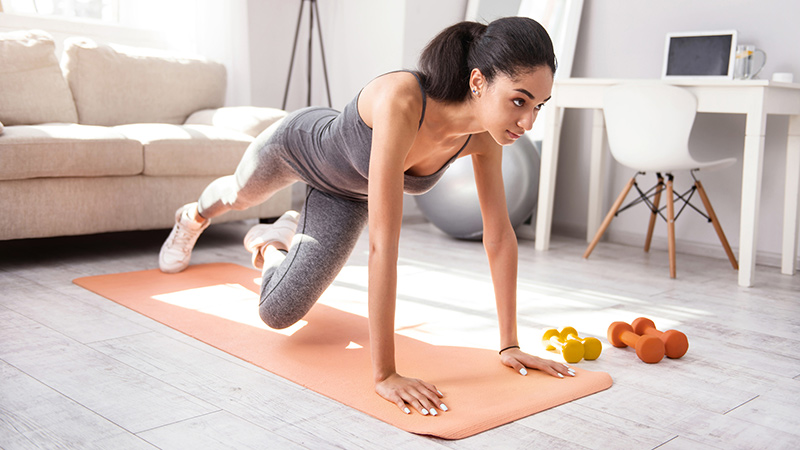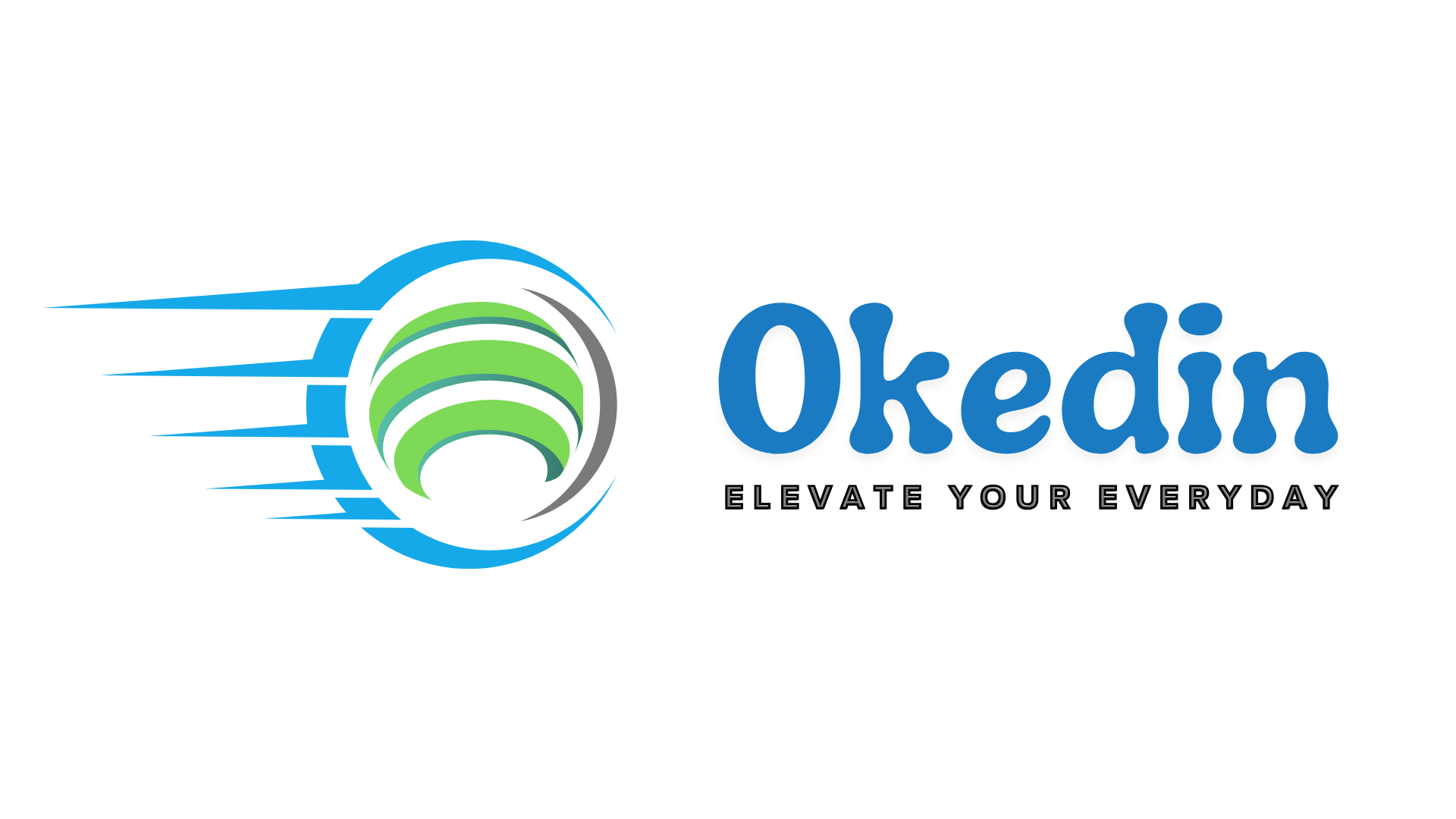Strength training is a vital aspect of fitness that goes beyond simply building muscle. It plays a crucial role in enhancing overall health and fitness levels. Engaging in regular strength training can lead to increased metabolism, improved bone density, enhanced athletic performance, and even a boost in mood due to the endorphins released during exercise. Often, people associate strength training with expensive gym memberships and elaborate equipment; however, it is entirely possible to achieve remarkable gains without any specialized gear. The body itself serves as a powerful tool for resistance, allowing individuals to train effectively from the comfort of their homes. In this comprehensive guide, we will explore the ins and outs of bodyweight strength training, providing you with the knowledge and skills needed to embark on your journey toward improved fitness.
Why Bodyweight Training is Perfect for Everyone

Bodyweight training, often referred to as calisthenics, utilizes one’s own weight as resistance, making it an incredibly versatile and accessible method of strength training. Its adaptability to various environments and individuals makes it an appealing choice for many. Let’s delve deeper into why opting for bodyweight exercises may be the best fit for your fitness routine.
Accessibility: Fitness Anywhere, Anytime
The beauty of bodyweight training lies in its accessibility. You don’t need a fancy gym or heavy equipment to get started. With just a small amount of space—whether it’s your living room, backyard, or a local park—you can engage in an effective workout session. This level of accessibility removes barriers associated with traditional strength training and opens up opportunities for anyone to maintain a consistent fitness routine.
In addition, the absence of equipment means you can exercise whenever you choose. Whether it’s early morning before work or late at night after a long day, adjusting your workouts around your schedule becomes much easier. With minimal planning required, you can seamlessly incorporate exercise into your daily life, thereby promoting a healthier lifestyle.
Cost-Effective: Save Money While Getting Fit
Financial constraints are a common deterrent for many individuals when considering a fitness regimen. Gym memberships can be expensive, and purchasing equipment like weights and machines adds to the costs. Fortunately, bodyweight training eliminates these financial burdens altogether.
By choosing to utilize your own bodyweight, you can save money while still achieving impressive results. Moreover, the concept of bodyweight training extends beyond saving money; it encourages creativity in exercise methods. You can utilize everyday items found in your home, such as chairs or stairs, as improvised equipment. This not only diversifies your workouts but also keeps them fresh and engaging.
Functional Strength: Real-Life Applications
One of the most significant advantages of bodyweight training is that it helps develop functional strength. Unlike isolated weightlifting, which primarily targets specific muscles, bodyweight exercises often mirror natural movements performed in daily life. By incorporating exercises like lunges, squats, and push-ups, you cultivate strength that translates directly into real-world activities, making tasks like carrying groceries or playing sports more manageable.
As you strengthen your body through functional movements, you build a solid foundation for better posture, balance, and coordination, all of which contribute to improved athletic performance and injury prevention. This holistic approach to fitness makes bodyweight training a superior option for those seeking well-rounded strength development.
Key Principles of Bodyweight Training
Before jumping into specific exercises, it’s essential to grasp some key principles that underpin successful bodyweight training. Understanding these fundamentals will help you create a solid foundation for your workouts and ensure that you optimize your results.
Proper Form Technique: The Cornerstone of Safety
At the heart of bodyweight training lies the principle of prioritizing proper form and technique. Each exercise should be performed with controlled movements to maximize effectiveness and reduce the risk of injury. For instance, in squats, ensuring your knees track over your toes while keeping your chest lifted promotes safe and effective movement patterns.
Maintaining a stable core throughout each rep stabilizes your body and engages the right muscle groups. One common error is neglecting core engagement, which can lead to compensatory patterns that increase the risk of injury. Practicing good form not only enhances the effectiveness of your workouts but also instills discipline and mindfulness in your training.
Progressive Overload: The Key to Continued Growth
Another fundamental principle in strength training is progressive overload. To see continuous improvements in strength and fitness, you must gradually increase the challenge of your workouts. This can be achieved through several strategies:
- Increasing repetitions or sets
- Incorporating more difficult variations of exercises
- Reducing rest periods between sets
Progressive overload ensures that you consistently push your limits, leading to growth in both strength and endurance. As you adapt to certain movements, finding ways to make them more challenging can keep your workouts stimulating and enjoyable.
Structure Your Workouts: Target All Major Muscle Groups
For a well-rounded fitness approach, structuring your workouts to target all major muscle groups is essential. A balanced routine promotes symmetrical development and reduces the risk of injuries caused by muscular imbalances. Consider including a mix of exercises targeting the legs, chest, back, shoulders, arms, and core.
Creating a workout plan that covers each of these areas helps you build a balanced physique while also improving functional strength and overall performance. By regularly varying your exercises, you can prevent monotony and keep your motivation high, leading to sustained progress.
Designing Your Bodyweight Workout Routine
Once you’re familiar with the principles of bodyweight training, the next step is designing a workout routine tailored to your goals and fitness level. A well-structured routine ensures that you stay motivated and continue to progress over time.
Warm-Up and Cool Down: Preparation and Recovery
Starting every workout with a warm-up is crucial for preparing your body for physical activity. A well-designed warm-up increases blood flow to the muscles and raises your core temperature, reducing the risk of injury. Dynamic stretches, light cardio, and mobility exercises are excellent components of a successful warm-up.
Equally important is incorporating a cool-down period after your workout. This phase allows your heart rate to gradually return to normal while promoting flexibility through static stretching. Focusing on major muscle groups used during your workout helps alleviate potential soreness and aids in recovery.
Sample Beginner Workout Routine: Get Started Safely
If you’re new to strength training, starting with a simple yet effective workout routine can ease you into the process. Here is a sample beginner-friendly routine designed to target all major muscle groups:
Warm-Up (5-10 minutes):
- Jumping jacks (30 seconds)
- High knees (30 seconds)
- Butt kicks (30 seconds)
- Arm circles (forward and backward, 30 seconds each)
- Dynamic stretches (e.g., leg swings, torso twists)
Workout (30-45 minutes):
- Squats: 3 sets of 10-12 reps
- Push-ups (on knees if needed): 3 sets of as many reps as possible
- Lunges (alternating legs): 3 sets of 10-12 reps per leg
- Plank: 3 sets, hold for 30-60 seconds
- Glute Bridge: 3 sets of 10-12 reps
- Rows (using a chair): 3 sets of 10-12 reps per arm
- Calf Raises: 3 sets of 15-20 reps
Cool Down (5-10 minutes):
- Static stretches (e.g., quadriceps stretch, hamstring stretch, calf stretch, chest stretch)
Intermediate and Advanced Workouts: Progressing Beyond Basics
As you become more comfortable with bodyweight exercises, it’s essential to challenge yourself with intermediate and advanced variations. This progression fosters continued growth and improvement. Here are examples of more advanced exercises:
- Legs: Pistol squats (single-leg squat), Bulgarian split squats, jump squats (plyometric).
- Chest: Decline push-ups, diamond push-ups, clap push-ups.
- Back: Inverted rows (using a sturdy table), superman with leg raises, pull-ups (if access to a bar is available).
- Shoulders: Handstand push-ups (against a wall), pike push-ups, Arnold press (using water bottles for resistance).
- Arms: Triceps dips (using a chair), bicep curls (using water bottles or resistance bands).
- Core: Side planks, dragon flags, leg raises.
Progressing through these variations not only develops your physical capabilities but also keeps your workouts engaging and motivating. The sense of accomplishment you gain from mastering challenging movements fuels your desire to continue pushing yourself further.
Important Considerations for Successful Training
As you embark on your bodyweight training journey, there are several important considerations to keep in mind to ensure long-term success.
Listen to Your Body: Prioritize Injury Prevention
One of the most critical aspects of any fitness routine is listening to your body. Be mindful of any signs of pain or discomfort. If you feel sharp pain or experience an unusual sensation, it’s vital to stop the exercise and assess what may have gone wrong. Consulting a healthcare professional or certified trainer can provide valuable insight into how to adjust your routine according to your needs.
Acknowledging fatigue is equally important. Allow yourself adequate rest between workouts to facilitate recovery. Overtraining can lead to burnout and diminish results, so prioritize self-care and recovery as part of your fitness regimen.
Proper Hydration: Fueling Your Workouts
Staying hydrated is paramount to optimizing your performance and recovery during workouts. Dehydration can lead to decreased energy levels and impair your ability to perform exercises effectively. Aim to drink water consistently throughout the day, especially before, during, and after your workouts.
Consider carrying a water bottle with you during training sessions to remind yourself to hydrate regularly. Remember that hydration needs can vary based on factors such as climate and individual sweat rates, so listen to your body’s thirst cues.
Consistency is Key: Make It a Habit
Consistency is the cornerstone of achieving lasting results through bodyweight training. Establish a workout schedule that fits your lifestyle, and commit to sticking with it. It may take time to see noticeable changes, which is why building a habit is essential.
Setting realistic goals can aid in maintaining consistency. Break larger objectives into smaller, manageable milestones to keep your motivation high and celebrate progress along the way. By remaining committed over the long term, you’ll reap the rewards of your hard work.
Conclusion
Bodyweight strength training is an incredible avenue for unlocking your full fitness potential. The ability to build strength, improve fitness, and enhance overall health without the need for specialized equipment or expensive memberships makes it an accessible choice for everyone. By adhering to principles like proper form, progressive overload, and focusing on functional strength, you can create an effective workout routine tailored to your unique goals.
With dedication and a willingness to embrace the diverse benefits of bodyweight training, you can achieve remarkable results right from the comfort of your home. Embrace the journey, prioritize self-care, and enjoy the process—your future self will thank you.


